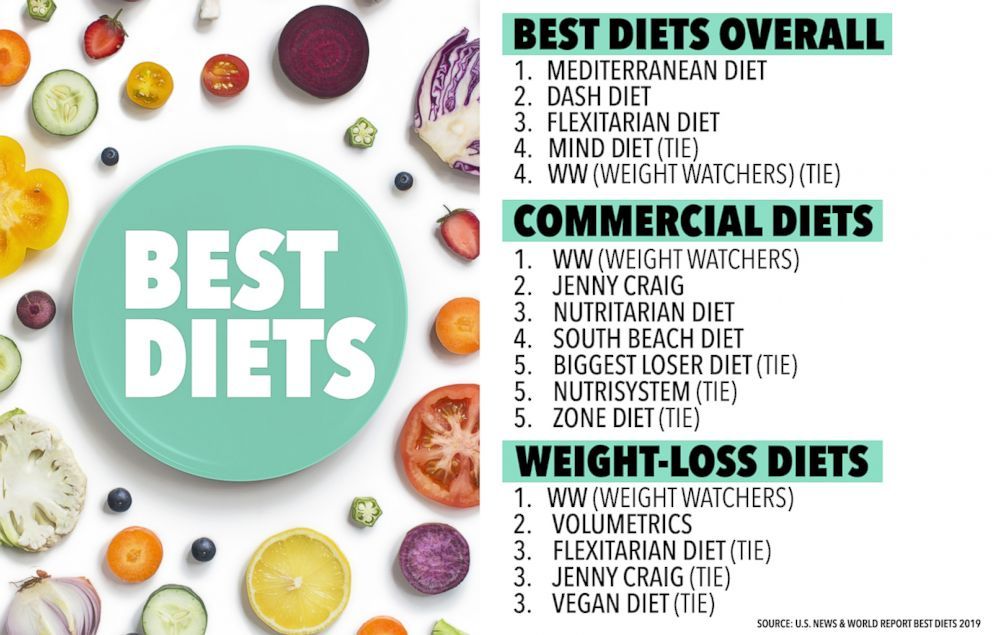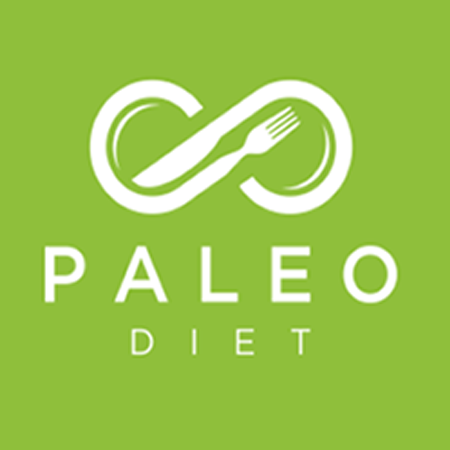
The menu diet paleo emphasizes eating foods that our ancestors ate. This diet includes foods like apricots, dried pumpkin seeds, and banana with almond butter. It's also rich in sweet potatoes, chicken, and other veggies. EatingWell recognizes the importance of certain foods, even though the paleo diet can seem restrictive. Here are some suggestions for healthy foods that you can enjoy while eating healthy.
Pola Makanan Paleolithic Manusia
Christina Warinner, Ph.D., studied pola makan manusia purba and mitos-mitos pola makanan paleolithic manusia in 2010. She reveals that manusia Paleolithic consumed large amounts of daging and ate all kinds of meat. This myth was widely believed by paleolithic people, but is now considered outdated and irrelevant.
Diet paleo, also known as the diet of the manusia gua, is a way to eat similar to what manusia gua and man used to eat. They help preserve their heritage and improve their kesehatan. However, this diet is not for everyone. It is not for everyone, and is suited for only a limited number of people.
The Ramasokat lukisan is composed of two types kelompokan: Ceruk and Lukisan Gua. They were first cultivated in Liabalano, Sulawesi Tenggara, and Liabalano. The lukisan gua includes a variety of proteins, carbohydrate, and amino acids. These nutrients are essential for healthy living and can help us understand the subtleties of human evolution.

Modern humans eat a variety of foods that have many benefits but also come with some risks. People who eat foods rich with nutrients, such the Paleolithic Era diet, are more likely than others to develop diseases. Your risk of developing disease is reduced if you eat clean. Clean Eating is an excellent way to eat healthier. Eating this way has obvious benefits. A low-fat diet can improve your health and prevent you from becoming sick.
Paleolithic diet food list
Many foods found in processed food contain added sugars, vegetable oils, and artificial sweeteners, which can be detrimental to your health. Excess salt and refined sugars contribute to obesity, and the high amounts of salt can lead to heart disease. The American Heart Association recommends that vegetable oils be replaced with canola oil by using safflower oil or corn oil. These oils contain high levels omega-6 fatty acids.
Some commercial paleo diets limit dairy products to a minimum. Others have more strict restrictions. The paleolithic menu includes lean pork loin with onion and carrot stuffing, roasted chicken with onions and carrot stuffing, and steamed broccoli. Other paleo diets allow honey and maple syrup in small quantities. Research on the health benefits of this diet is mixed.
A common thing paleo fans suggest avoiding is legumes. These legumes contain high levels phytic Acid. These substances prevent the absorption and utilization of essential minerals. In some cases, however, they may be allowed. While it may be tempting to eat legumes and potatoes, it's not recommended to add them to your diet as often as you would other processed foods. Instead, include lots of fruits and veggies in your daily meal plans.
Guidelines for eating paleolithic food
The Guidelines for Eating a Paleolithic Diet are very different from the typical modern diet, but they are both based on the same principles. Although the Paleolithic diet was mostly made up of animal products, it also includes a lot of plants and has few restrictions. You need to be aware that some people may not be genetically suitable for this diet and that higher levels of meat may not be good for your health. It is important to be cautious if Paleolithic living might suit you.

Paleolithic diets are known to exclude dairy products. These key food groups are at high risk for nutritional deficiencies. Tooth decay can be caused by a deficiency of calcium. A diet low in this mineral may also cause problems with your bones and teeth. Calcium is also important for blood clotting, muscle contraction and other functions. Moreover, whole grains reduce the risk of heart disease, stroke, and type 2 diabetes. Because grains were mostly eliminated, you could be at risk for calcium deficiencies.
The guidelines for eating a Paleolithic diet have many specific tenets. It emphasizes eating nutritious foods, such as fruits and vegetables, and restricts carbohydrates and processed food. To avoid overdoing it, it is important to carefully follow these guidelines. Each person's paleolithic lifestyle is unique. It is important for you to know that the Paleolithic Diet is based upon a lifestyle that was popular 10,000 to 12,000 Years ago.
FAQ
Can I learn to cook with my kids?
Yes! Yes, kids love to help in kitchen. It's fun and teaches kids responsibility as well as teamwork. The whole process can be done by children, including washing and chopping vegetables. Your children will be more comfortable helping you cook if you teach them safe techniques for handling knives.
What is the average time it takes to learn how to cook? How long will it take me to learn how?
It depends on your level of skill. Some people can master basic cooking techniques in a matter days. Others may take several months or longer to feel competent enough to teach themselves how they cook.
The time it takes to learn how to cook will vary depending on who you are. Someone who has never been to the kitchen before might need more time than someone who does it regularly. Also, certain types of cooking require more experience than others. Baking, for instance, requires more skill than frying.
Learn a technique to increase your ability to cook quickly. After mastering one technique, you can move on to the next. Don't worry too much about the exact number of days or weeks it takes to learn to cook. Keep practicing and enjoying the process.
Are there any ingredients I can buy to cook?
You don't necessarily need to buy any ingredients. Premade sauces can be found in most grocery stores. However, if you want to save money, then buying pre-made meals can be helpful.
Statistics
External Links
How To
How to make a perfect Omelette
Omelets are one of my favorite foods to eat at breakfast. But how do you create them perfectly? I've tried many different methods and recipes, but none of them seem to work! I have some tips and tricks to help you make delicious, fluffy omelets every single morning.
We should first know that eggs are very temperamental ingredients when making omelets. Eggs must be purchased fresh, preferably organic, and kept chilled until ready for cooking. You must keep them cool enough to allow the whites to form properly and the yolks to become too runny if they're not kept at the right temperature. This will make your omelets appear strangely colored. If you plan to cook the eggs right away, it is best to use room temperature eggs.
Another tip is to separate each egg before adding them to the saucepan. You don't want any white to get mixed up with the yolk because this could cause the omelet to curdle.
You could end up burning the bottom half of the egg if the egg is added directly to the heat source. Instead, microwave the egg for 10 seconds before adding it to the pan. The microwave heat cooks your egg just right, without it becoming too soft.
Next, let's talk about mixing the eggs. You want to mix the eggs thoroughly before you add them. You can do this by turning the bowl of your mixer upside down. Then shake the bowl vigorously. This allows the air to be whipped and the egg to be mixed thoroughly.
The fun part is now - adding the milk to the mixture. First, pour half of the milk into the beaten eggs and then fold the eggs gently into the remaining milk. Do not worry if you see streaks of egg; they will disappear when the omelet is flipped.
After you have folded the eggs, heat the oil in a pan over medium heat. Once the oil has started to sizzle, turn the heat down to low. Once the oil starts getting hot, add 1/4 cup of butter to the pan and swirl it around to coat the entire surface of the pan. Now carefully crack open the lid of the pan and sprinkle salt into the pan. A pinch of salt will prevent your omelet from sticking in the pan.
Once the omelet has formed, cover the pan again and wait for the top side to set completely. Flip the omelet over using a spatula or flip the pan upside down. Cook the second side for a minute or so. Take the omelet out of the pan and immediately serve.
This recipe works best with whole milk, but skimmed milk also works.